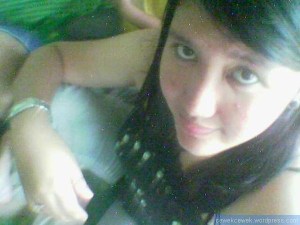
who knows, maybe it is the season, but i'm seriously feeling these red, pinky hues of late...
and ali macgraw's red dress. ali macgraw's red dress. i can not forget! A promotional model is a person hired to drive consumer demand for a product, service, brand, or concept by directly interacting with consumers. A promotional model can be female or male, and typically is attractive in physical appearance, and not only provides information to the consumer about the product or service, but makes it appealing to them in some way, enabling the consumer to identify with the product, service, or the company that offers it. While the length of interaction with the consumer may be short, the promotional model delivers a live experience that reflects on the product or service he or she is representing.
By the late 1970s many major US cities had thriving disco club scenes which were centered around discotheques, nightclubs, and private loft parties where DJs would play disco hits through powerful PA systems for the dancers. The DJs played "... a smooth mix of long single records to keep people “dancing all night long” "[3] Some of the prestigious clubs had elaborate light organs, which converted audio signals into colored lights that throbbed to the beat of the music or even glass dance floors with colored lights.
Some cities had disco dance instructors or dance schools which taught people how to do popular disco dances such as "touch dancing", the "hustle" and the "cha cha." There were also disco fashions that discotheque-goers wore for nights out at their local disco, such as sheer, flowing Halston dresses for women and shiny polyester Qiana shirts for men with pointy collars, preferably open at the chest, often worn with double-knit suit jackets.
In addition to the dance and fashion aspects of the disco club scene, there was also a thriving drug subculture, particularly for drugs that would enhance the experience of dancing to the loud music and the flashing lights, such as cocaine [4](nicknamed "blow"), amyl nitrite "poppers" [5], and the "...other quintessential 1970s club drug Quaalude, which suspended motor coordination and turned one’s arms and legs to Jell-O."[6] The massive quantities of drugs ingested in discotheques by newly liberated gay men produced the next cultural phenomenon of the disco era: rampant promiscuity and public sex. While the dance floor was the central arena of seduction, actual sex usually took place in the nether regions of the disco: bathroom stalls, exit stairwells, and so on. In other cases the disco became a kind of “main course” in a hedonist’s menu for a night out."[7]
Famous 1970s discotheques included "...cocaine-filled celeb hangouts such as Manhattan's Studio 54 ", which was operated by Steve Rubell and Ian Schrager. Studio 54 was notorious for the hedonism that went on within; the balconies were known for sexual encounters, and drug use was rampant. Its dance floor was decorated with an image of the "Man in the Moon" that included an animated cocaine spoon. Other famous discotheques included the Loft, the Paradise Garage, and Aux Puces, one of the first gay disco bars.





Tidak ada komentar:
Posting Komentar